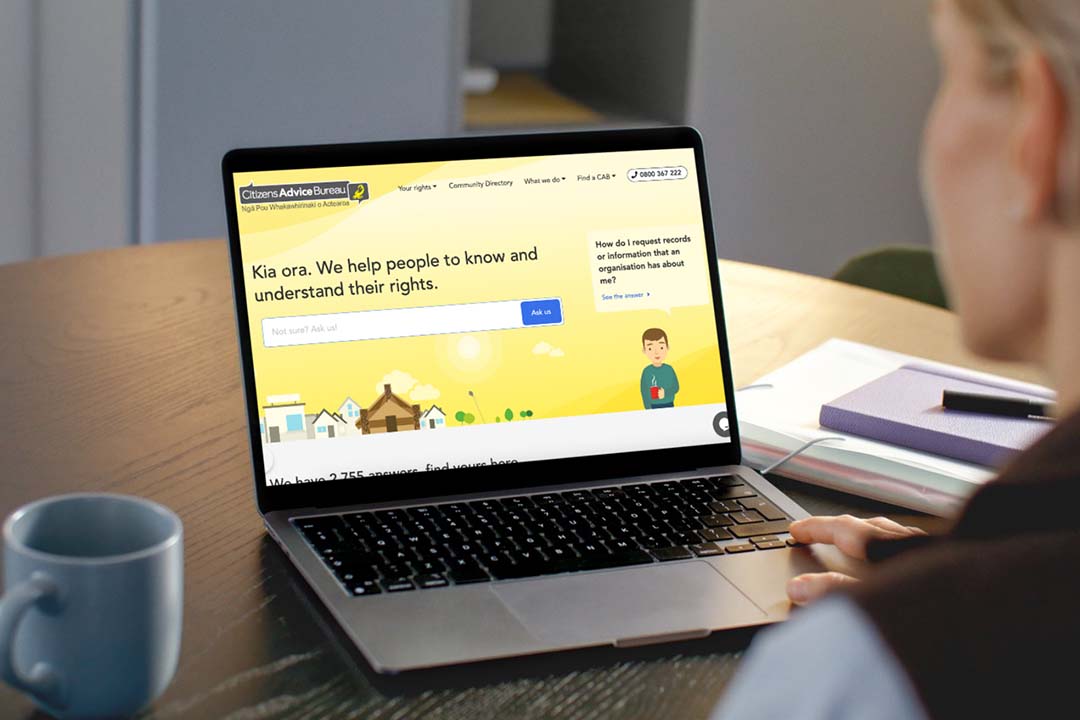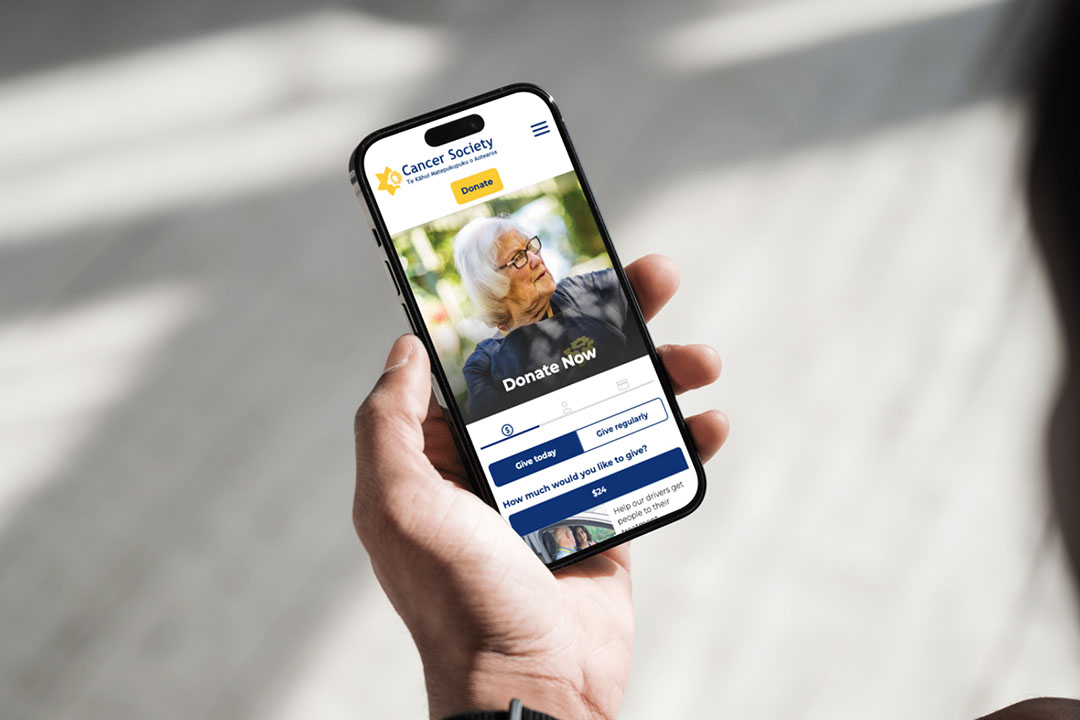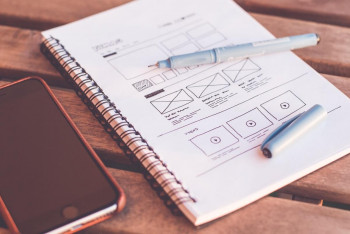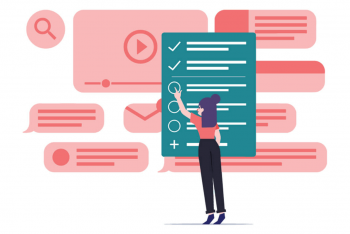Choosing a web designer is one of the most important decisions a business can make when building or updating their online presence.
Your website is your digital storefront and often is one of the first interactions customers have with your brand, so it's important that you get it right when choosing a web designer.
In this blog we'll take you through some of the key areas to look out for when choosing a web designer, which include everything from expertise, prior experience and culture fit.
Expertise and Technical Capability
Deep Subject Knowledge and Best Practices
When choosing a web designer, technical expertise matters.
A good web designer needs to have a deep understanding of user interface (UI) and user experience (UX) design. They should be able to explain how design decisions affect usability, and how layout, content hierarchy, and visual cues guide users to take action.
Ask how they approach wireframing, prototyping, and user testing to ensure the final product not only looks good but works intuitively.
Choosing a web designer who follows industry best practices will give you peace of mind and confidence in the final product.
Problem-Solving and Innovation
Great design isn’t just about aesthetics - it’s about solving problems.
When choosing a web designer, look for evidence of creative thinking and the ability to develop tailored solutions rather than just relying on templates.
SEO Integration from the Ground Up
When choosing a web designer, make sure they understand how design and SEO(external link) go hand-in-hand.
A well-structured site with clear navigation, optimised metadata, and fast load speeds makes it easier for search engines like Google to crawl and index your content.
Designers who factor SEO into the early stages of development help ensure your site has the best possible chance of ranking, without needing to retrofit later.
Accessible and Responsive Design Focused
Accessibility is not optional, it’s a core part of good design.
Your web designer should follow Web Content Accessibility Guidelines (WCAG)(external link) to make sure your website works for everyone, including people with disabilities.
Responsiveness is equally important.
A modern site must adapt seamlessly to mobile, tablet, and desktop devices to provide a consistent and frustration-free experience.

Culture Fit
Shared Values and Work Ethic
When choosing a web designer, cultural alignment is just as important as technical ability.
You want a team that shares your values, prioritises users, and takes pride in being easy to work with.
A good culture fit means fewer miscommunications and more productive collaboration throughout your project.
Proactive and People-Focused
A designer or agency that is proactive will help you anticipate user needs, not just respond to a brief.
Look for people who genuinely care about outcomes and can demonstrate empathy for both your business goals and your end users.
If they’re collaborative and communicative, you’re off to a good start.
Prioritising Collaboration and Communication
A Process That Involves You
Choosing a web designer who values collaboration will make your life much easier.
Find out what processes they use to gather feedback, how often they check in, and how decisions are made.
They should have a structured process that keeps you informed and in control - without needing to micro-manage.
A Team That Works With Your Team
Web design doesn’t exist in a vacuum.
You need a team that can work across disciplines, liaising with developers, and the client team to bring the project together.
This is particularly important for complex websites or when multiple vendors are involved.

Reviewing Their Work and Reputation
Look at Real Results
Before choosing a web designer, ask to see real examples of their past work.
Don’t just focus on how the sites look - ask what results they achieved.
Did the new site increase conversions?
Was it easier to manage?
Did it meet accessibility requirements?
You can also look on their website and social media channels to see some of the work they have shown as case studies and the types of clients they have worked with in the past.
Testimonials and Industry Fit
Client testimonials can tell you a lot about what it’s like to work with a designer.
It’s also worth looking at the types of industries they’ve worked with before.
A designer who has built websites for organisations similar to yours will understand your challenges and opportunities more clearly.
Avoiding One-Size-Fits-All
Cookie-cutter templates can be fine in some scenarios, but most businesses need something unique.
Look for diversity in their portfolio.
A strong web designer will adapt their approach based on your needs, not force you into a rigid structure.

Working With a Local Partner
Understanding the NZ Market
Choosing a web designer based in New Zealand can offer real advantages.
They’ll be familiar with local user expectations, government standards(external link), and cultural context; including te reo Māori and accessibility obligations under NZ law.
They’ll also be available during the same business hours, making collaboration easier.
Assessing the Price and Value
Getting Your Money’s Worth
Price is always a consideration, but value matters more.
A low-cost website might save money upfront but cost more in the long run through poor usability, limited scalability, or security issues.
Choosing a web designer who provides long-term value is a smart investment.
Transparent Pricing and Scope
Look for a partner who provides clear, upfront pricing and scope definition.
Ask what’s included, what’s not, and how changes will be handled.
This avoids surprises later and helps you compare providers on a like-for-like basis.
Conclusion: Choosing the Right Web Design Partner
Choosing a web designer is not just about picking the flashiest portfolio.
It’s about finding a partner who understands your business, works well with your team, and delivers long-term value through thoughtful, user-focused design.
At Somar Digital, we work with government agencies, non-profits, and businesses across New Zealand to deliver accessible, high-performing websites that get results.
Our collaborative approach, technical expertise, and commitment to understanding your users sets us apart.
If you'd like to chat to one of the team to talk web design you can contact us here.




